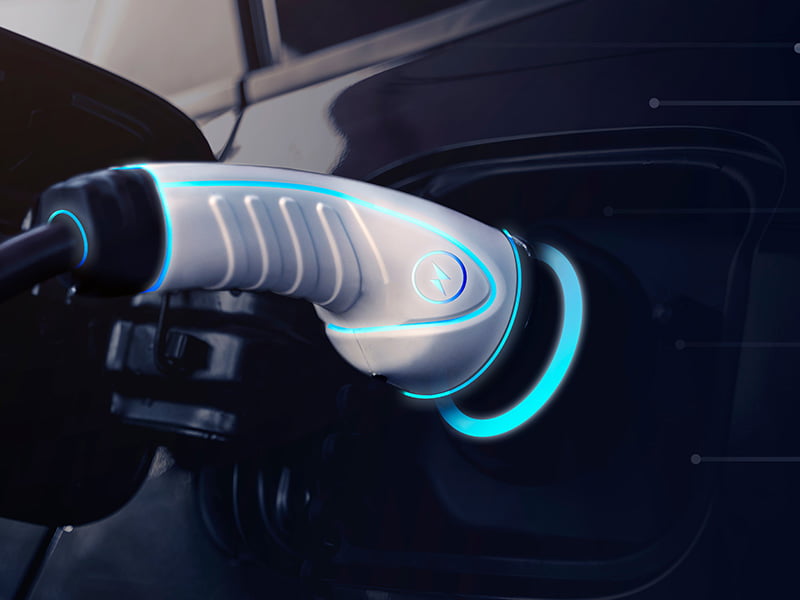More than a hundred companies and organisations across several industries, including agriculture, health and transport, have backed the Electric Vehicle Council’s call for a 2027 electric vehicle uptake target of one million and increased investment in manufacturing.
The call was submitted to the federal government on Monday, the final day of consultation on the National Electric Vehicle (EV) Strategy. The council has also submitted a separate submission which specifies targets for EV manufacturing in Australia.

Among the companies in the alliance are some not directly involved in the EV and charging industry, such as Woolworths Group, Microsoft, Uber, and IKEA. Other organisations include Greenpeace, the Australian Hydrogen Council, and Bank Australia.
Aside from the uptake target, the alliance has called for the inclusion of five other measures in the strategy:
- strong fuel efficiency standards consistent with the US, NZ and Europe
- greater investment in EV manufacturing through a collaborative EV industry development plan
- the rollout of a co-ordinated charging network, with a focus on the regions and the suburbs
- more electric buses, trucks, and other commercial vehicles for Australian businesses
- economic modelling that factors in the many benefits of EVs, including less pollution, improved public health and better fuel security
The Electric Vehicle Council’s submission to the strategy consultation, which is separate to the demands of the organisations backing the 2027 uptake target, calls for explicit EV manufacturing targets among other indicators of success.
According to the submission, a national EV industry development plan should “stimulate investment across the full EV value chain, including: critical mineral mining, processing & refining, component and vehicle manufacturing, reuse and recycling”.
By 2030, the council wants the government to set a target that 60 per cent of new light vehicle sales and 30 per cent of new truck and bus sales are EVs.
The council also recommends the federal government target “at least one domestic manufacturer of EVs (cars, buses, and/or trucks) using Australian-made batteries” by 2030, with 25 per cent of all new vehicles manufactured or assembled in Australia be electric by 2040. However, Australia has manufactured just a few thousand motor vehicles annually since the closure of the Holden and Toyota factories at the end of 2017.
The National EV Strategy consultation paper said an increase in local manufacturing is one of its goals. Aside from EV components, controls systems, and batteries, the revival of car manufacturing in Australia is highlighted as a possibility alongside the expansion of existing heavy vehicle and bus manufacturing capability.
Electric Vehicle Council chief executive Behyad Jafari said the Albanese government was “off to a strong start” in its policy support for EVs “after years of inaction”. Despite this, he argued it was important that the strategy contains “robust measures”.
“The absence of a fuel efficiency standard is largely to blame [for the low uptake of EVs in Australia] as manufacturer’s overlook our nation in favour of others who have more ambitious plans. We can fix that swiftly and these hundred organisations from across Australian industry and society are making it clear they want that to happen.
“Australian business understands that transport should be doing its share of heavy lifting on the path to net zero. If we don’t put a big dent in our transport emissions, by getting more EVs on the roads, it will put unsustainable pressure on other sectors like farming, manufacturing, construction, mining, and energy.
“If we get this EV Strategy right, the opportunities are enormous. We could be employing tens of thousands of Australians building batteries, chargers, cars, buses, and trucks. We’ll be cutting pollution from transport and doing our fair share to combat climate change. And we’ll be reducing our reliance on foreign oil by using Australian energy to move.”
Do you know more? Contact James Riley via Email.

